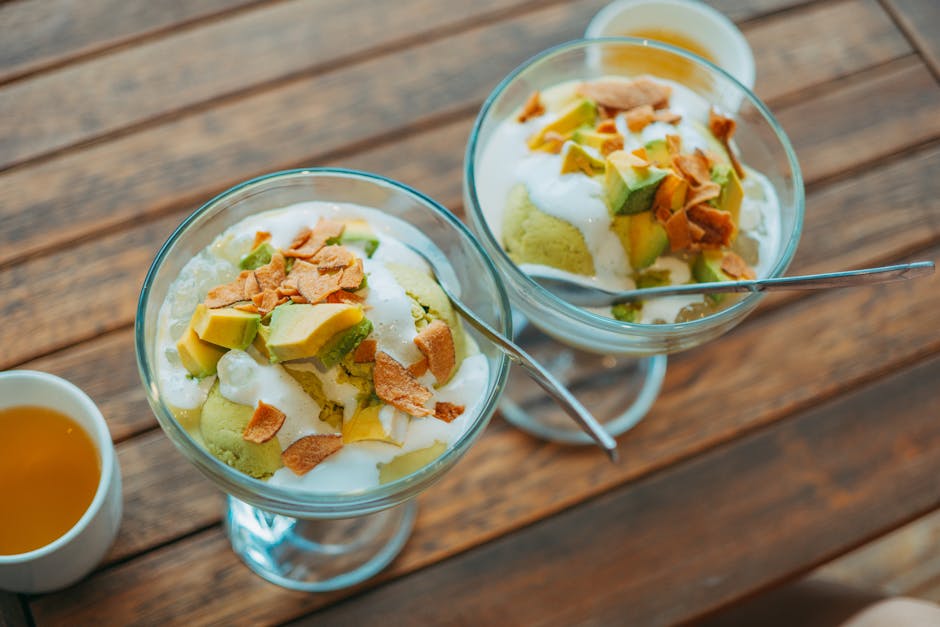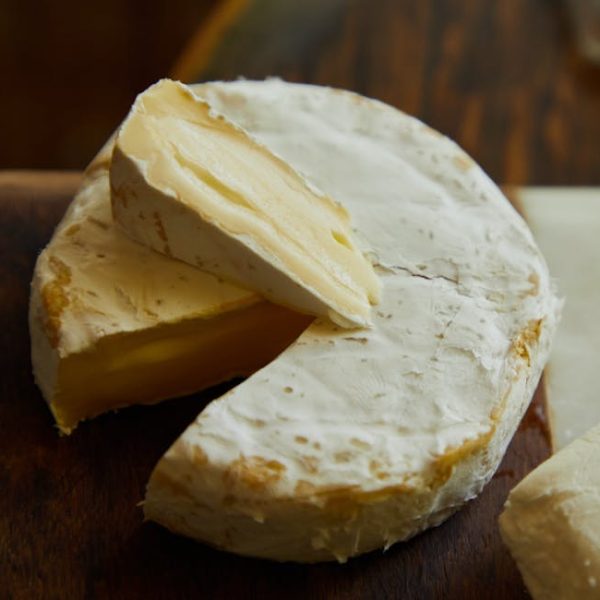From Polynesian pina coladas to South Asian curries, velvety coconut milk finds its place in a vast array of foods and drinks throughout the world. This creamy beverage, sourced from the pulp of mature coconuts, boasts numerous health benefits due to its rich content of minerals, vitamins, and beneficial fats. However, a dilemma faces those who love to cook with coconut milk – this tropical gem doesn’t last long in the fridge after opening. But don’t fret; there’s no need to rush your culinary adventures, as freezing is an excellent way to extend the shelf life of coconut milk.
The Basics of Coconut Milk and Its Shelf Life
The versatility of coconut milk knows no bounds. It triumphs in savory soups, can be the secret star in your smoothies, and even works wonders for dairy-free ice cream. From its nutritional standpoint, it supplies your body with essential nutrients such as iron, magnesium, and potassium, and the much-heralded lauric acid, which is linked to numerous health benefits.
However, much like any other natural product, coconut milk has its prime. Typically, an opened can of coconut milk will last about two days in the fridge. However, there are best practices for storing it properly:
Tips:
- Always store your leftover coconut milk in a non-metal, airtight container.
- Place it in the coolest part of your fridge, usually the back, away from the door.
Understanding How Freezing Extends the Shelf Life of Coconut Milk
Surprisingly, our kitchen freezer is a time capsule for foods. By freezing your leftover coconut milk, the growth of spoilage-causing bacteria is significantly slowed down, thus extending its shelf life. Additionally, the freezing mechanism preserves the nutritional value of the coconut milk, ensuring you still reap the benefits when its time for it to come out of the cold.
Comparison:
- Freezing
- – Extends the life up to 3 months
- – Preserves nutritional value
- Refrigerating
- – Lasts only 2-4 days
- – Quick decline in nutritional value after opening
Tips:
- The freezing point of coconut milk, like most substances, is 0 degrees Celsius or 32 degrees Fahrenheit. Keep your freezer at this temperature for optimal preservation.
Step-by-Step Guide to Freezing Coconut Milk
With the principles laid out, let’s dash into the simple yet important steps to properly freeze your coconut milk. First, shake it well to ensure an even fat distribution. Pour it into the ice cube tray for segmented and easy-to-use portions.
Checklist:
- Ice cube tray
- Airtight, non-metallic storage containers or Ziploc bags
Best practices:
- Freeze coconut milk in portions to prevent wastage and for easy use in recipes.
- Leave some space in the containers when freezing. Remember, it will expand as it freezes.
Common Mistakes to Avoid When Freezing Coconut Milk
Despite the simplicity of the process, errors often occur while freezing coconut milk. Let’s discuss these common pitfalls and how to steer clear of them.
List:
- Overfilling the storage containers: If you do not leave room for expansion, the container may burst.
- Not shaking the coconut milk: If not properly mixed, the fat content can separate, leading to inconsistencies in texture and taste when thawed.
- Using metallic containers: Coconut milk may react with metal, causing it to taste and smell metallic.
Tips:
- Always inspect frozen coconut milk before use. If it smells off or if there’s a change in color, it may have spoiled.
The Impact of Freezing on Coconut Milk’s Nutritional Value & Taste
Freezing does extend the shelf life of coconut milk considerably, but does the process diminish its nutritional value and taste? Fortunately, the change is negligible, especially when you store and thaw it properly.
Comparison:
- Fresh Coconut Milk
- – Excels in taste
- – Maximum nutrient content
- Frozen Coconut Milk
- – Minor change in texture, yet taste remains largely consistent
- – Nutrient content largely retained, minor losses are possible if stored for several months
Best practices:
- While freezing, always ensure your coconut milk is fresh to maximize nutrient content and taste retention.
- Thaw frozen coconut milk gradually in the fridge. Quick thawing at room temperature may lead to changes in taste and texture.
Freezing coconut milk is a practical, efficient way to extend its shelf life without significantly compromising its flavor or nutritional profile. Avoid getting caught without this kitchen essential by embracing this simple storage solution. Whether you’re concocting an exotic curry or blending a nutritious smoothie, your frozen coconut milk, rightfully defrosted, will not disappoint.
Key Takeaway:
- Coconut milk can be frozen to extend its shelf life without significantly compromising its taste or nutritional profile.
- Freezing slows down bacterial growth that can cause spoilage.
- Proper freezing involves shaking coconut milk to evenly distribute the fat, pouring into an ice cube tray for easy portions, and storing in a non-metallic, airtight container.
- It is critical to avoid overfilling containers, using metallic containers, and to inspect the frozen milk before use.
While it might seem daunting at first, the process of freezing coconut milk is simple and rewarding. With this guide, you have the knowledge and tips on how to preserve coconut milk’s flavor and nutritional benefits. Remember, your culinary adventures don’t have to be pressured by the ticking shelf-life of your coconut milk. Dive into your recipes with confidence knowing you have your well-preserved coconut milk ready for use at any time.
FAQs
Q: Can I freeze coconut milk in the can it comes in?
A: It’s not recommended to freeze coconut milk in its original can due to potential metal reactions and the lack of space for the milk to expand as it freezes.
Q: Does freezing coconut milk alter its texture?
A: Yes, freezing can cause minor changes in texture as the fats in the milk may separate. But with proper thawing, the texture can largely be restored.
Q: Besides freezing, are there other methods to extend the shelf life of coconut milk?
A: Freezing is the most recommended method. However, you could also try reducing it into coconut cream or powder for longer shelf life, but these processes may affect the taste and nutritional content.
Q: Can I use frozen coconut milk in any recipe that requires fresh coconut milk?
A: Absolutely! Once thawed properly, frozen coconut milk can be used in any recipe in place of fresh coconut milk.
Q: What is the longest recommended time to keep coconut milk in the freezer?
A: While freezing can dramatically extend longevity, it’s best to use frozen coconut milk within 3 months for optimal taste and nutritional value.
We hope this post has been enlightening. Feel free to share it with your fellow culinary enthusiasts and don’t forget to explore more fascinating posts on our website!






